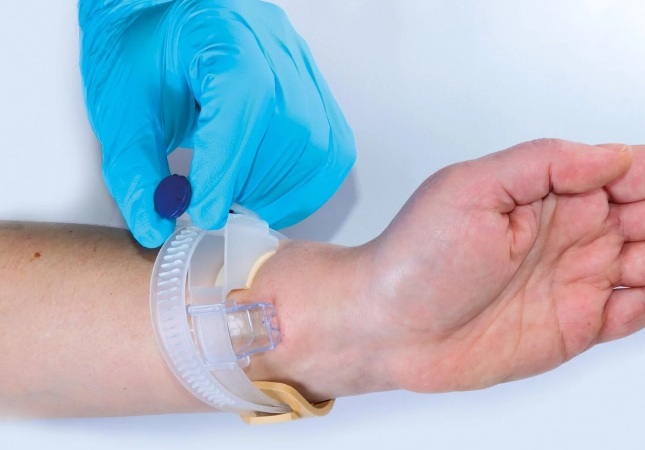
The global market for rheumatoid arthritis treatments is expected to grow at a CAGR of...
Learn More
Our consulting solutions address company specific challenges with respect to micro environment...
Learn More
Organizations frequently need day-today research guidancein order to gain strategic...
Learn More
Exploring different areas of market research and market analysis is a key factor...
Learn MoreAcute Market Reports presents the most extensive global business research services across industries. Our research studies focus on potential outcomes, benefits, and risks associated with each market segment across geographies. Having served our global clients for more than 10 years, our prime priority is to enable our clients in making well-informed business decisions through a data-driven, analytical, and uncomplicated research approach.
We provide access to the world's most comprehensive, analytical, and updated business intelligence services and solutions.




The transradial access devices market is expected to grow at a CAGR of 7.8% during the forecast period of 2025 to 2033 due to the increased adoption of harmful habits, such as alcohol use and smoking, and sedentary lifestyles. A large increase in car...
Read More
The emergency department information system (EDIS) market is a crucial part of modern healthcare, revolutionizing the way medical facilities manage and deliver emergency care. The EDIS market is expected to grow at a CAGR of 14% during the forecast p...
Read More
The complex transistor market is a rapidly growing segment of the semiconductor industry, characterized by advanced and sophisticated transistor technologies that enable high-performance electronic devices.The market revenue of complex transistors is...
Read More




